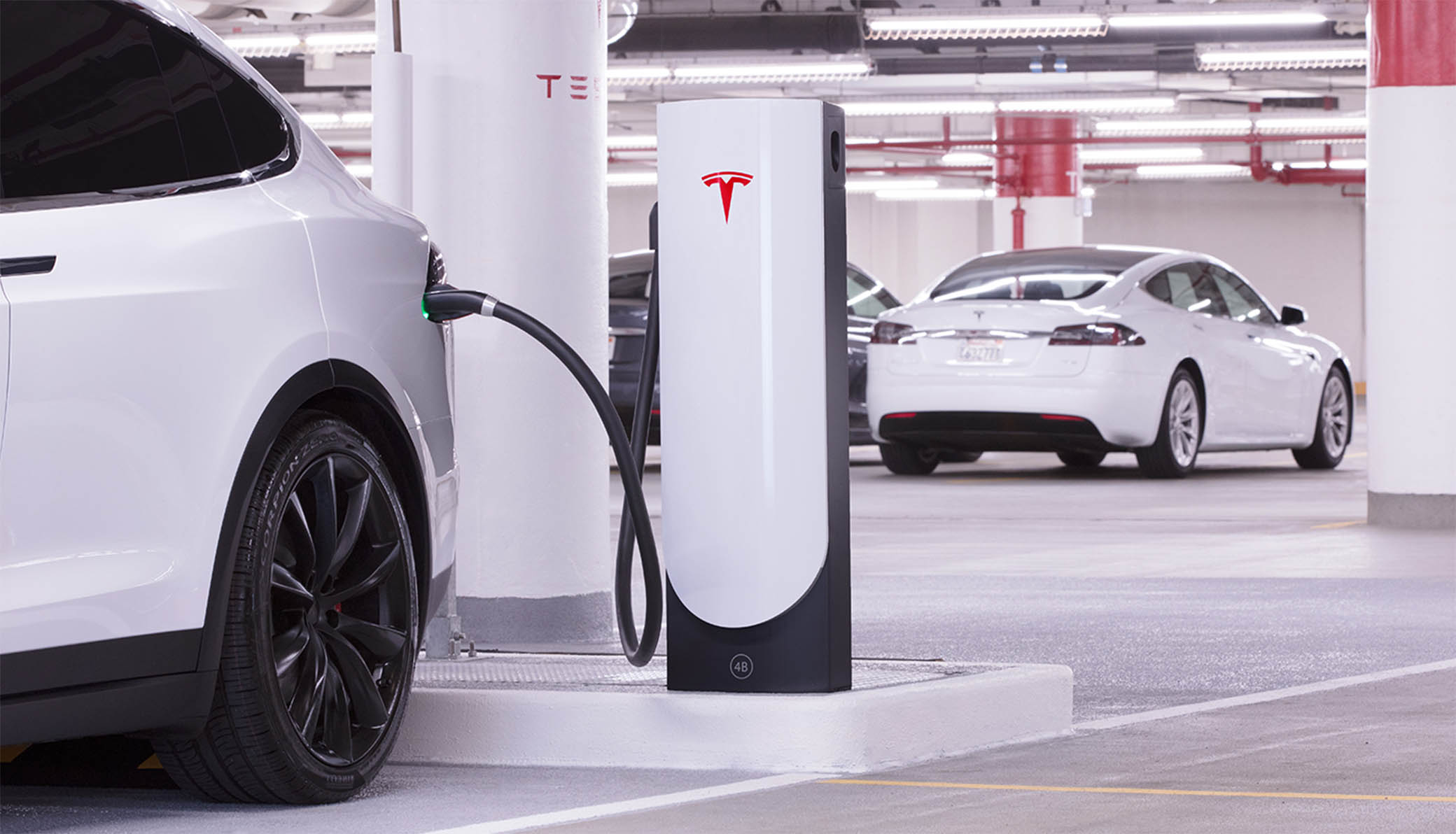Tesla is one of the well-known manufacturers of electric cars in the world today. The company also offers a wide range of charging stations across the U.S. While all charging stations may look the same to the users, there are some key differences between the charger you use. This is particularly the case since tesla introduced the Urban Supercharger to complement the existing Supercharger stations. So how do the two differ? Let’s take a look
Difference Between Tesla Urban Charger and Supercharger
Tesla Urban Charger

Originally announced in 2017 as a viable alternative to the conventional Supercharger, the Urban Charger can charge tesla automobiles at 72 kW. One of the biggest benefits of using the Urban Charger is that it doesn’t split power with nearby chargers. This means each vehicle gets the full 72 kW charging capacity. The downside of this is that you will have to wait your turn to charge if there’s already a vehicle being charged. Some customers have noticed that urban charger can offer speeds of 74 kW, which is fairly decent for tesla automobiles with smaller batteries.
Tesla Supercharger

The standard tesla Supercharger was launched much before the Urban Charger and is seen all over the world. The charging station comes with a maximum output of 120 kW, which allows it to charge vehicles at a faster pace than the Urban Charger. However, the Supercharger does split the power when there’s another vehicle charging nearby.
Thankfully, the speeds are variable, which means you may get charging speeds of 60 kW or even higher on some occasions. There are a number of other factors involved too, including the battery capacity of the cars which can sometimes increase charging times compared to a supercharger compatible vehicle.
The Supercharger makes a great deal of sense if you’re the only person charging your automobile as it can provide charging speeds that you will not see on the Urban Charger. The supercharger can take 20 minutes to charge 50% and 75 minutes to charge 100% if you’re using a tesla model s (85 kWh).
Where to find them?
Customers can find Supercharger at dedicated locations across the U.S., and Europe while Urban Chargers are often located inside buildings, like in parking lot pillars or garages, for example. Urban Chargers are also extremely flexible with regard to their positioning, which means you can find them in places that you commute to every day.
Although V1 and V2 superchargers can offer a maximum output of 150 kW, this is only possible with model 3 Long Range as well as the 100 kWh versions of the Models S and Model X. Other cars can charge at 120 kW as mentioned above.
Some Tesla supercharger locations also have solar panel roofs to provide shade and also offset some of the costs by generating solar power. The company is planning to take a heavy push towards solar energy to power its superchargers in the years to come.
In conclusion, both charging methods offer some benefits, so Tesla owners should face no trouble regardless of where they end up charging their vehicles. But charging speed will have to be taken into account if you’re in a rush.
Is Supercharger faster than an Urban Charger?
Yes, in theory it is significantly faster than the Urban Charger. However, things change if there’s another vehicle charging next to you as the power delivery splits into two.
What is an Urban charger?
Tesla announced Urban Chargers in 2017 as an alternative to V1 and V2 Superchargers. The company mentioned that these charging stations will be conveniently located across cities in places like garages as well as underground parking lots.
Are Tesla Superchargers free?
Tesla announced that cars purchased after January 1, 2017 will get around 1,000 miles or 400 kWh of charging free each year. Users will be charged a small fee after that.
